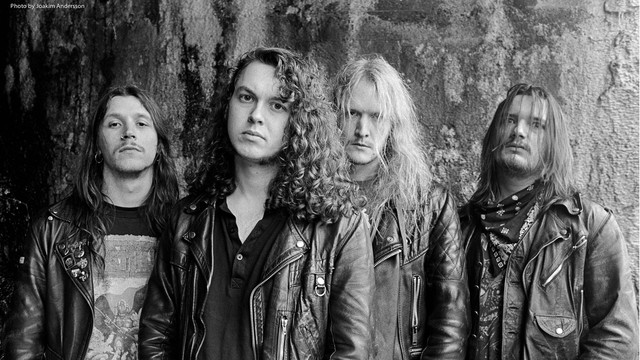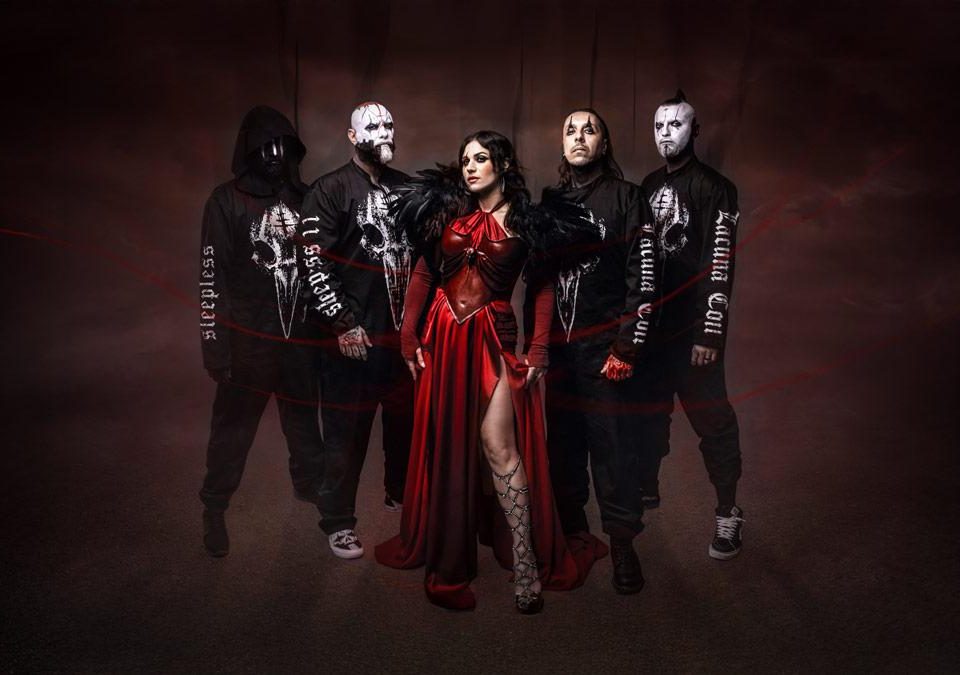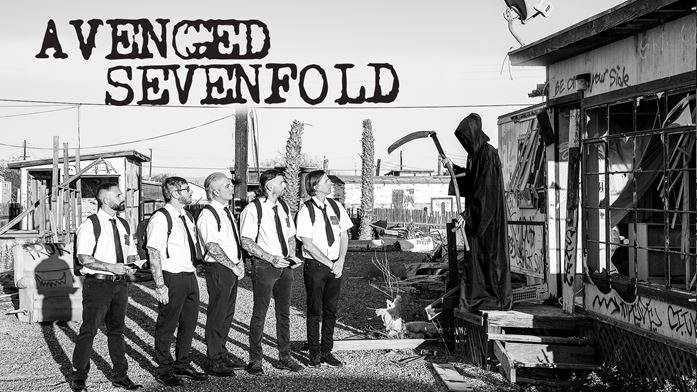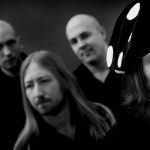
Review: “Lake of Tears – Ominous”
18 March 2021
Review: “Dool – Summerland”
5 April 2021Welcome to another one of my review articles where I unknowingly become a missionary for Swedish metal! Today, I’ll be talking about an album that I regret not discovering sooner.
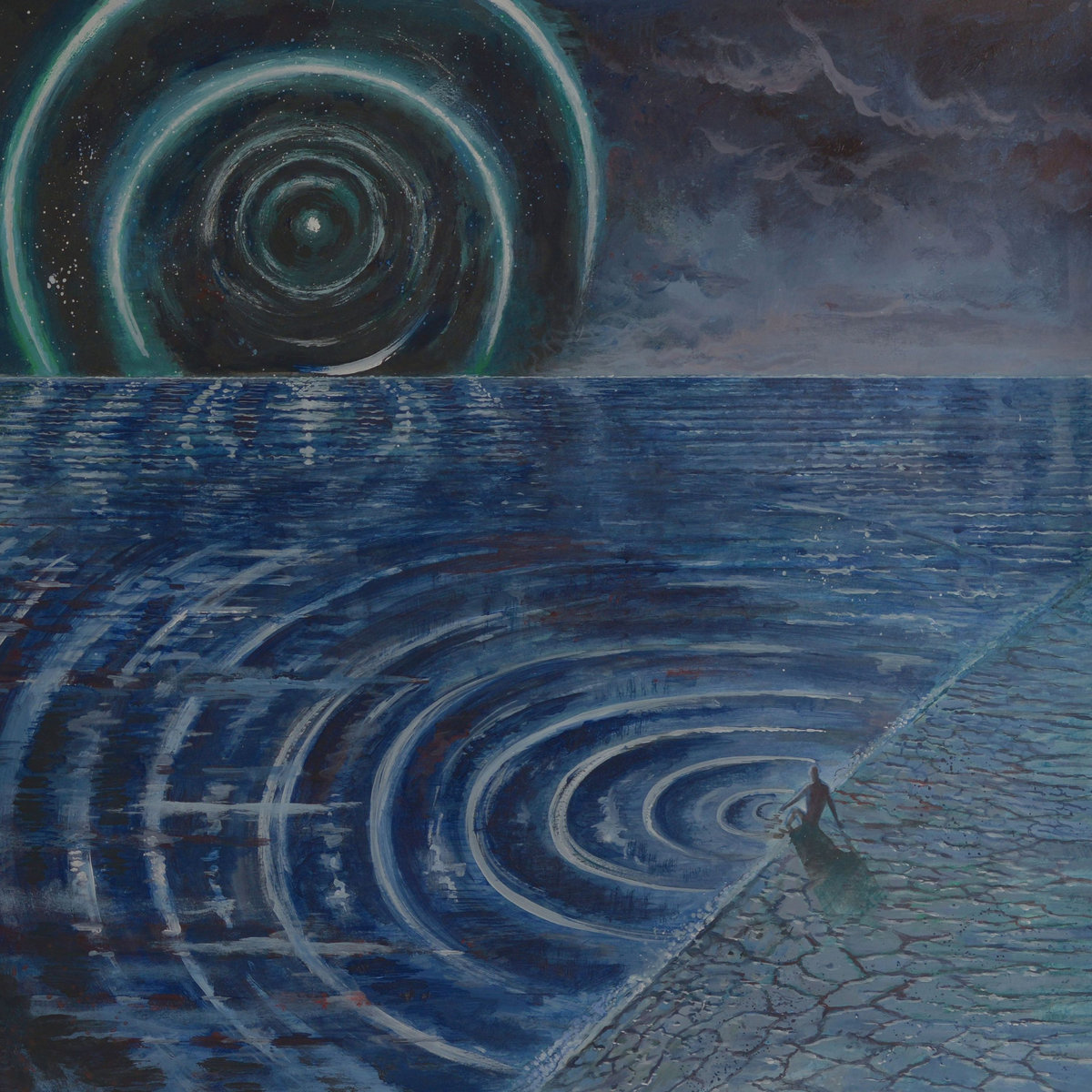
The first album from Sweven, “The Eternal Resonance,” was released in early 2020. Although it’s the first album under this name, it’s actually a continuation of a project. Let me explain the name story. The Swedish death metal band Morbus Chron released their last album, “Sweven,” in 2014 before disbanding in 2015. Morbus Chron’s frontman, Robert Andersson, decided to continue making music under a new project and chose the name Sweven from their last album. Andersson said about this:
“Sweven was an album we shaped like the others, but it also shaped me and my goals. It started to mean a lot to me personally. So when it was time to form a new band and continue the journey, there was no other name considered.”
With that explanation out of the way, let’s dive into the album. Often labeled as progressive death metal, “The Eternal Resonance” isn’t purely progressive metal nor purely death metal. This atmospheric album could mislead listeners if categorized strictly as progressive death metal. Think of it as a blend of old-school death metal, black metal, progressive, psychedelic, and post-rock. If you’re unsure what to think, just play the song below and decide for yourself.
The album sets its tone with the opening track, “Spark,” a 3-minute instrumental piece that captures the progressive and post influences. It’s heavily acoustic with a slightly melancholic melody, making it a fitting opening.
“By Virtue of a Promise” will especially appeal to doom metal fans. The first half mixes the wavering guitar sounds of post-metal with the evocative melodies of doom metal. Andersson’s vocals perfectly match the song and the album’s atmosphere. The second half shifts from the initial calm and darkness to a more progressive composition.
With a melancholic acoustic beginning, “Reduced to an Ember” kicks in. Throughout the album, the use of clean guitars is truly impressive. The transitions from clean to heavier passages are seamless. Each song’s tone reminds me of a different band. For example, the start of “Reduced to an Ember” gave me vibes similar to the Norwegian progressive metal band Madder Mortem. The overall sound of the album, however, often reminds me of Dan Swanö’s (Edge of Sanity) signature Swedish metal sound.
“The Sole Importance” features more prominent electric guitar usage. The addition of piano adds a unique touch to this otherwise heavier song. It also features the most satisfying guitar solo so far. If the guitar and piano melodies make you think, “What was that song?” it might remind you of Thurisaz’s “Endless,” especially around the 3:10 mark.
I don’t have much to say about “Mycelia.” The intro grabbed me with its keyboard, making it enjoyable to listen to. Its transition into the next track, “Solemn Retreat,” was seamless. This track, highly atmospheric, occasionally shifts direction with Andersson’s anguished vocals but ultimately returns to its ethereal journey. The closing section, in particular, feels like floating in space. The guitar harmonies in the middle are also beautifully executed.
Despite many considering “Visceral Blight” one of the album’s best tracks, it didn’t quite fit the album’s overall theme for me. The intense drumming throughout made it feel somewhat disjointed. While the song is excellent on its own, it felt out of place. The use of synth in some parts was a nice touch, though.
With “Sanctum Sanctorum,” we reach the album’s finale. I can’t help but ask, “Why do they always save the most impactful songs for last?” Like the opening track, “Spark,” this final track progresses with an instrumental and acoustic journey until an unexpected choir kicks in at the last minute. The choir complements the song’s title, “Sanctum Sanctorum,” meaning the most sacred place in a temple, making an angelic ending fitting.
For “The Eternal Resonance,” I recommend listening without expecting a hard-hitting metal album. It can be somewhat likened to Opeth’s cleaner, more acoustic moments. It’s particularly suitable for those who enjoy acoustic passages and the contrast of clean and harsh sounds in metal. It’s also a great pick for those who seek a bit of melancholy and emotion in their music.
As a side note for those who read this far: I frequently drew comparisons while listening to the album and reached out to the band to ask about their influences. Andersson replied, saying that the album is a quirky mix of everything he loves, from Autopsy’s “Mental Funeral” to Chopin’s “Nocturne.” He added that while he tries not to consciously mimic, similar tones might naturally emerge. Reflecting on this, I raised my internal rating of the album.
Written by: Asuna Pehlivan

